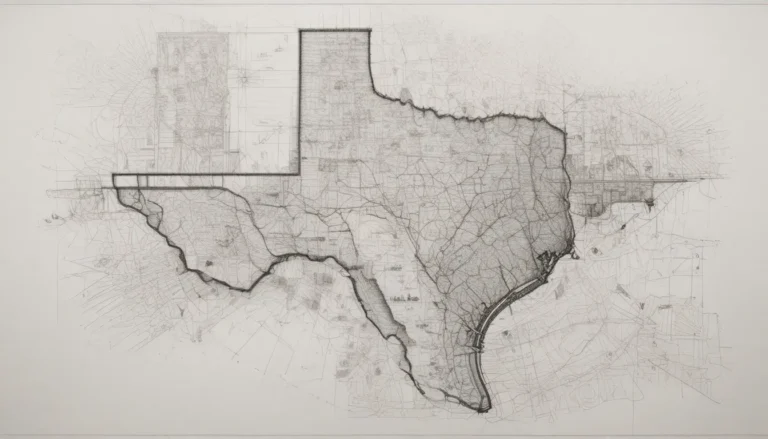The images in our articles are for illustrative purposes only and may not exactly match the content. They are intended to capture your interest and complement the text, not to replace it.
When it comes to the foundation of the United States government, the US Constitution stands as a pillar of democracy. But did you know that before the Constitution was finalized, two pivotal documents laid the groundwork for its creation? The Virginia Plan and the New Jersey Plan played crucial roles in shaping the future of the nation. Let’s delve into the history of these two plans and discover how they influenced the course of American history.
The Virginia Plan: Setting the Stage for the Constitutional Convention
The Virginia Plan, proposed by James Madison, set the agenda for the US Constitutional Convention of 1787. Here are some key facts about this influential document:
- The Virginia Plan was presented at the Constitutional Convention, held between May 25 and September 17, 1787, in Philadelphia, Pennsylvania.
- This plan was designed to address the weaknesses of the Articles of Confederation, the document that governed the United States prior to the Convention.
- It called for a strong central government with three branches—executive, legislative, and judicial—each with its own powers and responsibilities.
- The Virginia Plan also proposed a bicameral legislature, with representation based on a state’s population, which favored larger states like Virginia.
- Although the Virginia Plan was not adopted in its entirety, elements of it were incorporated into the final draft of the US Constitution.
The New Jersey Plan: An Alternative Approach to Governance
In response to the Virginia Plan, the New Jersey Plan was put forward as an alternative vision for the structure of the US government. Here are some facts about this competing proposal:
- The New Jersey Plan was submitted by William Paterson and aimed to preserve the framework of the Articles of Confederation while addressing some of its shortcomings.
- It proposed a unicameral legislature where each state would have equal representation, regardless of population size, thus giving smaller states like New Jersey more influence.
- Despite its rejection by the Convention on June 19, 1787, aspects of the New Jersey Plan were incorporated into the final compromise that led to the creation of the US Constitution.
The Historic Debate: Virginia Plan vs. New Jersey Plan
The debate between the Virginia Plan and the New Jersey Plan highlighted the competing interests of states with different sizes and populations. Here are some interesting facts about this pivotal moment in American history:
- George Washington, the president of the Constitutional Convention, remained impartial during the debates between the two plans, allowing the delegates to reach a compromise.
- Only four states—Connecticut, Delaware, New Jersey, and New York—voted in favor of the New Jersey Plan, reflecting the divide among the states.
- Massachusetts’ delegates were split on their support for the New Jersey Plan, underscoring the complexities of reaching consensus among the diverse group of delegates.
- The Connecticut Compromise, reached on July 16, 1787, integrated elements of both the Virginia and New Jersey Plans to create a balanced system of representation in the US government.
Legacy and Significance of the Virginia Plan and New Jersey Plan
The Virginia Plan and the New Jersey Plan left a lasting impact on the development of the US Constitution and the structure of the American government. Here are some final thoughts on the significance of these historic documents:
- The Virginia Plan and the New Jersey Plan represented competing visions for the future of the United States, highlighting the tensions between states with varying interests.
- The eventual compromise reached at the Constitutional Convention paved the way for the creation of a balanced federal system that incorporated elements of both plans.
- By understanding the origins and debates surrounding the Virginia Plan and the New Jersey Plan, we gain valuable insights into the complexities of crafting a constitution that would serve the diverse needs of a young nation.
As we reflect on the historical significance of the Virginia Plan and the New Jersey Plan, we are reminded of the enduring legacy of the US Constitution and the ongoing pursuit of a more perfect union. May we continue to study and learn from the past as we strive to build a more inclusive and equitable future for all.






